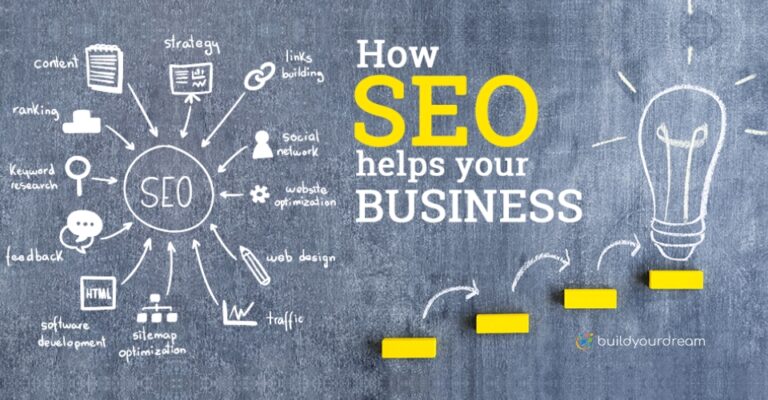Online Business vs. Physical Business: Choosing the Right Path for Your Entrepreneurial Journey

Table of contents
In today’s digital age, aspiring entrepreneurs have the option to pursue online businesses or traditional physical businesses. Each business model offers unique opportunities, challenges, and considerations. Whether you’re launching a startup or expanding an existing business, it’s essential to understand the differences between online and physical businesses and determine which path aligns best with your goals and resources. I’ll explore the key differences, advantages, and disadvantages of online and physical businesses to help you make informed decisions for your entrepreneurial journey.
Understanding Online Business
What is an Online Business?
An online business, also known as an e-commerce business, operates primarily through digital channels, such as websites, social media platforms, and online marketplaces. Online businesses sell products or services directly to customers via the internet, often leveraging technology and automation to streamline operations and reach a global audience.
Advantages of Online Business:
- Global Reach: Online businesses can reach customers worldwide, breaking down geographical barriers and expanding market opportunities.
- Low Overhead Costs: Online businesses typically have lower startup and operational costs compared to physical businesses, as they may not require a physical storefront or inventory storage space.
- 24/7 Accessibility: Online businesses operate around the clock, allowing customers to make purchases at their convenience, regardless of time zones or business hours.
Disadvantages of Online Business:
- Intense Competition: The online marketplace is highly competitive, with numerous competitors vying for customers’ attention and loyalty.
- Digital Security Risks: Online businesses may face cybersecurity threats, such as data breaches and fraud, which require robust security measures and protocols to mitigate risks.
- Limited Tangible Interaction: Online businesses lack face-to-face interaction with customers, making it challenging to build personal connections and provide hands-on assistance.
Understanding Physical Business
What is a Physical Business?
A physical business, also known as a brick-and-mortar business, operates from a physical location, such as a retail store, restaurant, or office space. Physical businesses engage with customers in person, offering tangible products or services within a specific geographic area or community.
Advantages of Physical Business:
- Tangible Experience: Physical businesses provide customers with tangible experiences, allowing them to interact with products, sample services, and receive personalized assistance.
- Local Presence: Physical businesses establish a local presence within communities, fostering trust, loyalty, and repeat business among local customers.
- Brand Visibility: Physical storefronts serve as visible landmarks and marketing assets, attracting foot traffic and enhancing brand recognition in the local market.
Disadvantages of Physical Business:
- High Overhead Costs: Physical businesses incur higher overhead costs, including rent, utilities, and maintenance expenses associated with operating a brick-and-mortar location.
- Geographical Limitations: Physical businesses are limited by their geographic location, restricting their potential customer base to local or regional markets.
- Limited Operating Hours: Physical businesses typically operate within set business hours, limiting accessibility for customers who prefer to shop outside traditional business hours.
Key Considerations for Entrepreneurs
1. Target Audience:
Consider the preferences, behaviors, and demographics of your target audience when choosing between online and physical business models. Determine whether your target customers prefer the convenience of online shopping or the hands-on experience of in-person interactions.
2. Cost and Resources:
Evaluate your financial resources, budget constraints, and scalability requirements when deciding between online and physical business models. Consider factors such as startup costs, operational expenses, and investment potential for each business model.
3. Market Dynamics:
Research market trends, industry dynamics, and competitive landscape to identify opportunities and challenges associated with online and physical business models. Assess market demand, consumer behavior, and industry trends to determine the viability and competitiveness of each business model.
Online businesses and physical businesses offer distinct advantages and challenges for entrepreneurs seeking to start or grow their ventures. While online businesses provide global reach, low overhead costs, and 24/7 accessibility, physical businesses offer tangible experiences, local presence, and brand visibility within communities. When choosing between online and physical business models, consider factors such as target audience preferences, cost and resources, and market dynamics to make informed decisions aligned with your entrepreneurial goals and aspirations. Whether you opt for an online business or a physical business, success ultimately hinges on strategic planning, diligent execution, and continuous adaptation to evolving market conditions.
Table of Contents
Keep Reading

10 Exclusive Ideas to Start Online Business with No Money in 2024

How to Know Your Online Business is Getting Right SEO
